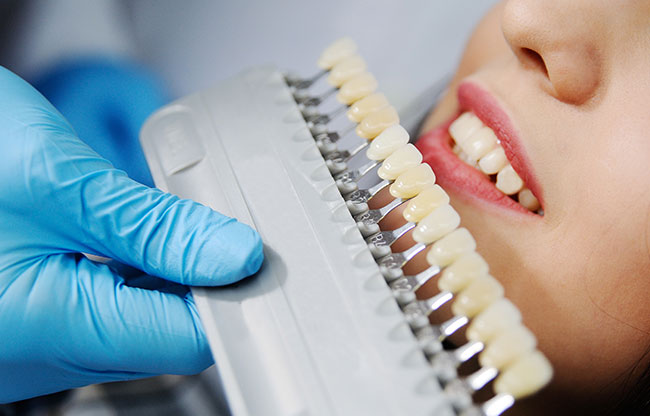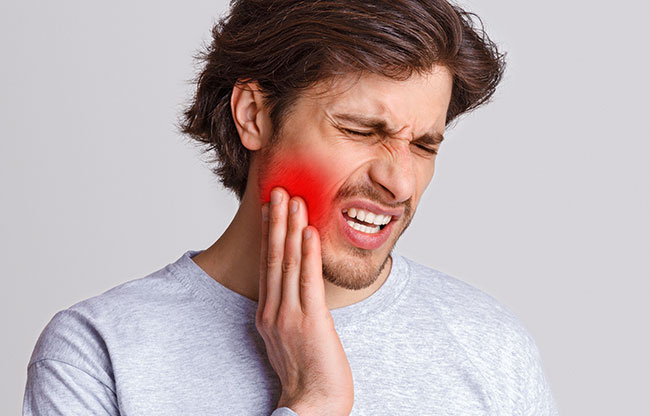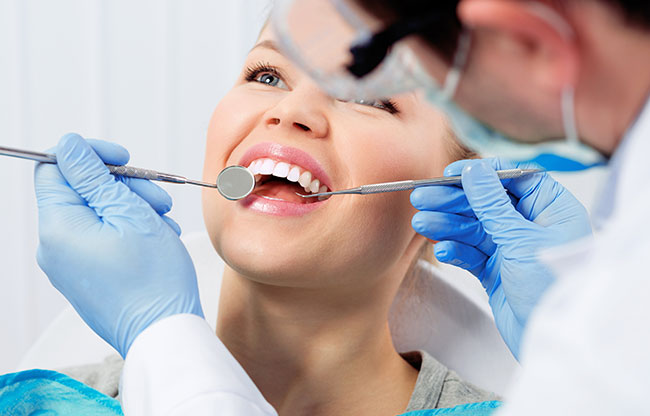 Bruxism is a grinding of the teeth typically accompanied by the clenching of the jaws. Most people do it occasionally without realizing it and it is not harmful. However, when bruxism takes place regularly, consciously or subconsciously, it can cause harm. Although commonly referred to and categorized as a sleep disorder, constant bruxism leads to symptoms such as headache, earache, jaw pains, loosening of the teeth, wearing down of the teeth, and perhaps, ultimately the temporomandibular disorder (TMD) of the temporomandibular joint (TMJ).
Bruxism is a grinding of the teeth typically accompanied by the clenching of the jaws. Most people do it occasionally without realizing it and it is not harmful. However, when bruxism takes place regularly, consciously or subconsciously, it can cause harm. Although commonly referred to and categorized as a sleep disorder, constant bruxism leads to symptoms such as headache, earache, jaw pains, loosening of the teeth, wearing down of the teeth, and perhaps, ultimately the temporomandibular disorder (TMD) of the temporomandibular joint (TMJ).
- TMD: Temporomandibular disorder—TMD—is a syndrome typically resulting from bruxism. TMD can also result from stress, osteoarthritis, and rheumatoid arthritis of the temporomandibular joint, TMJ. Diagnosis of TMD by an oral health professional involves a thorough evaluation of symptoms and may also require X-rays, MRI (magnetic resonance imaging), or a computer tomography scan (CT scan). TMD can be treated with physical therapy, night guards, and Botox Cosmetic, which provides great relief.
- TMJ: Temporomandibular Joint is the connecting joint of the lower jaw and the skull, located right in front of each ear, and is much like a hinge. This connecting joint, or hinge, surrounded by muscles, controls the vertical and lateral movement of the lower jaw enabling you to talk, chew, as well as yawn.
Speak with your dental hygienist or Dr. Cunningham during your next appointment if you have concern with teeth grinding.







